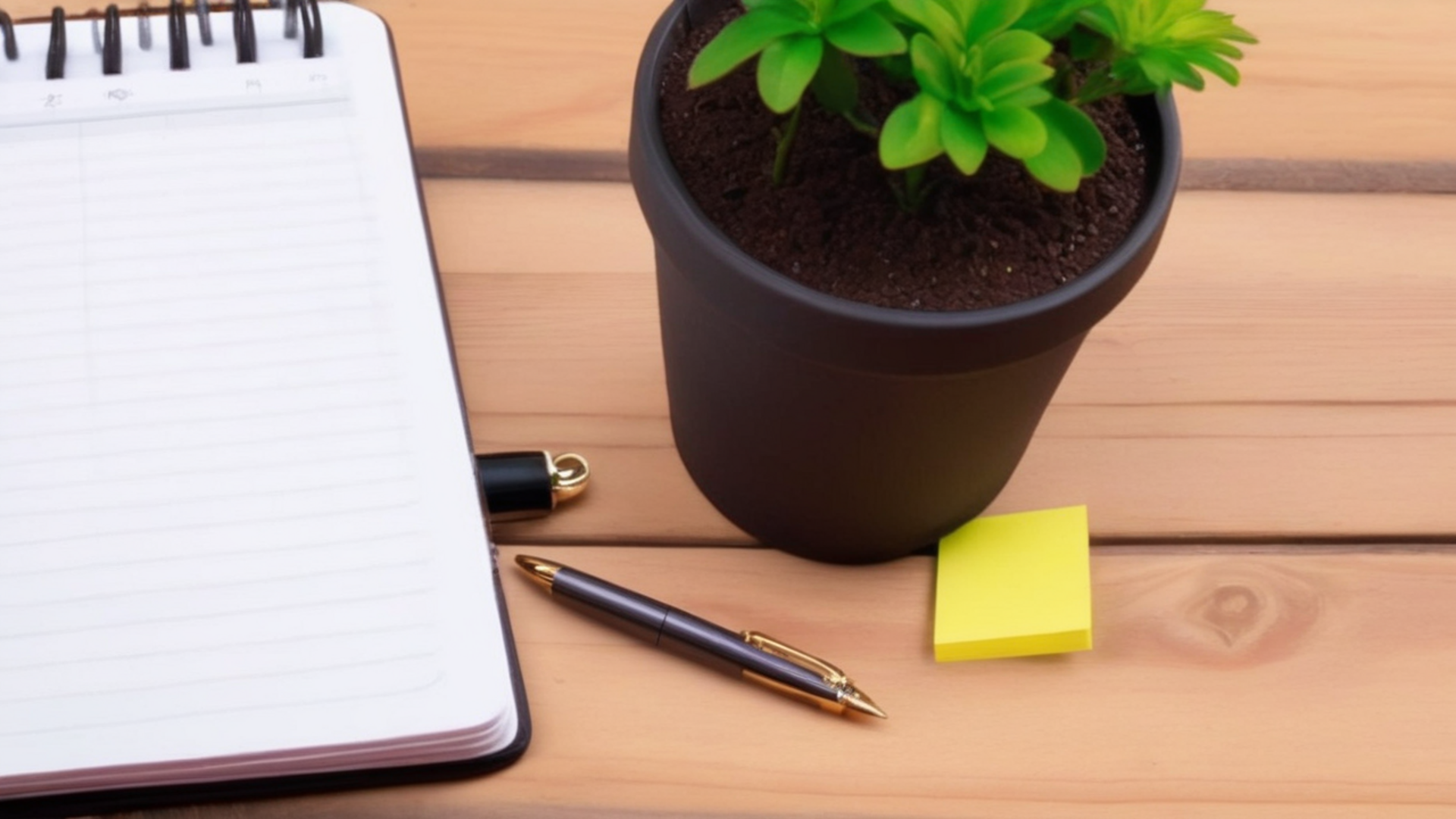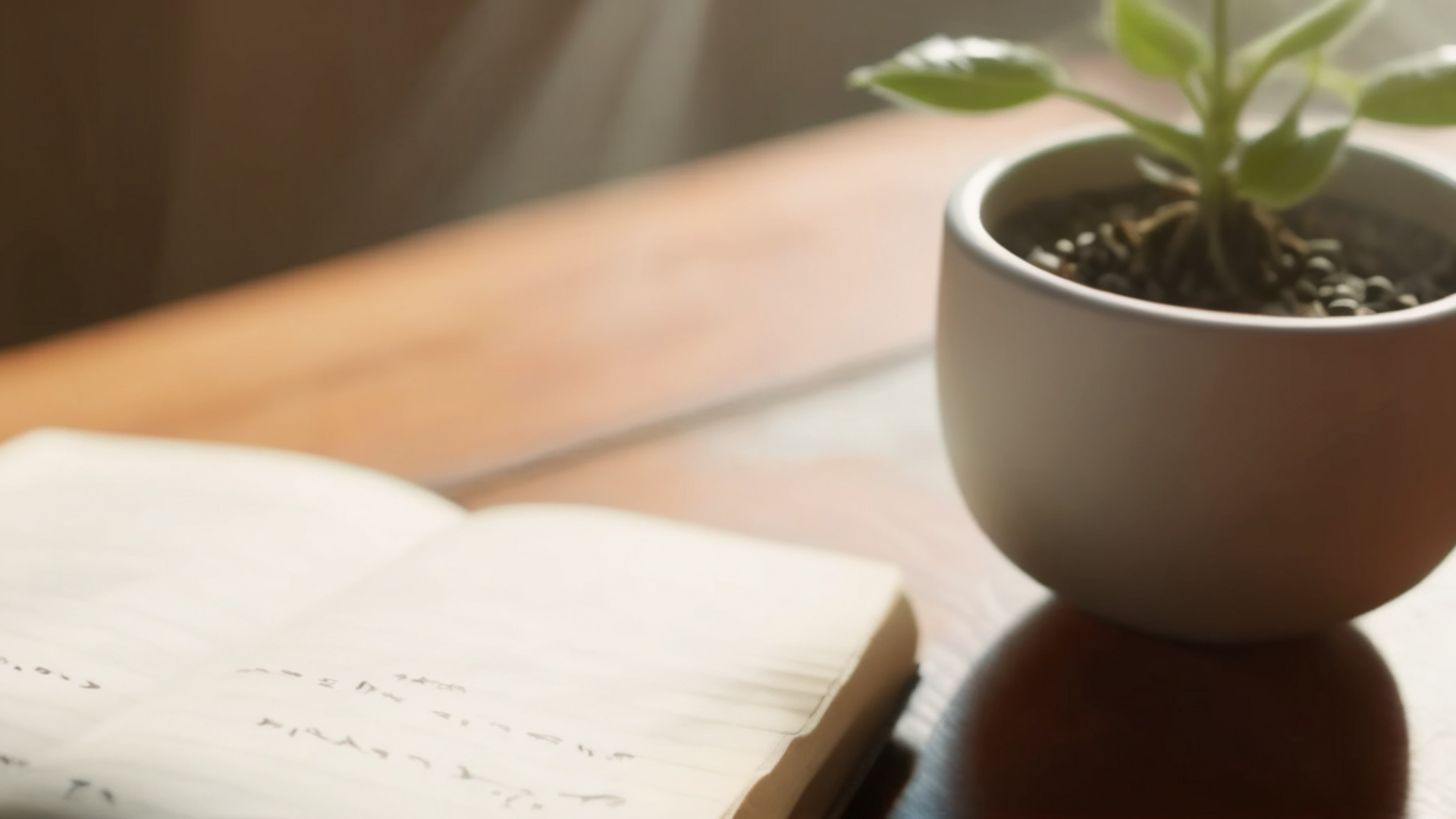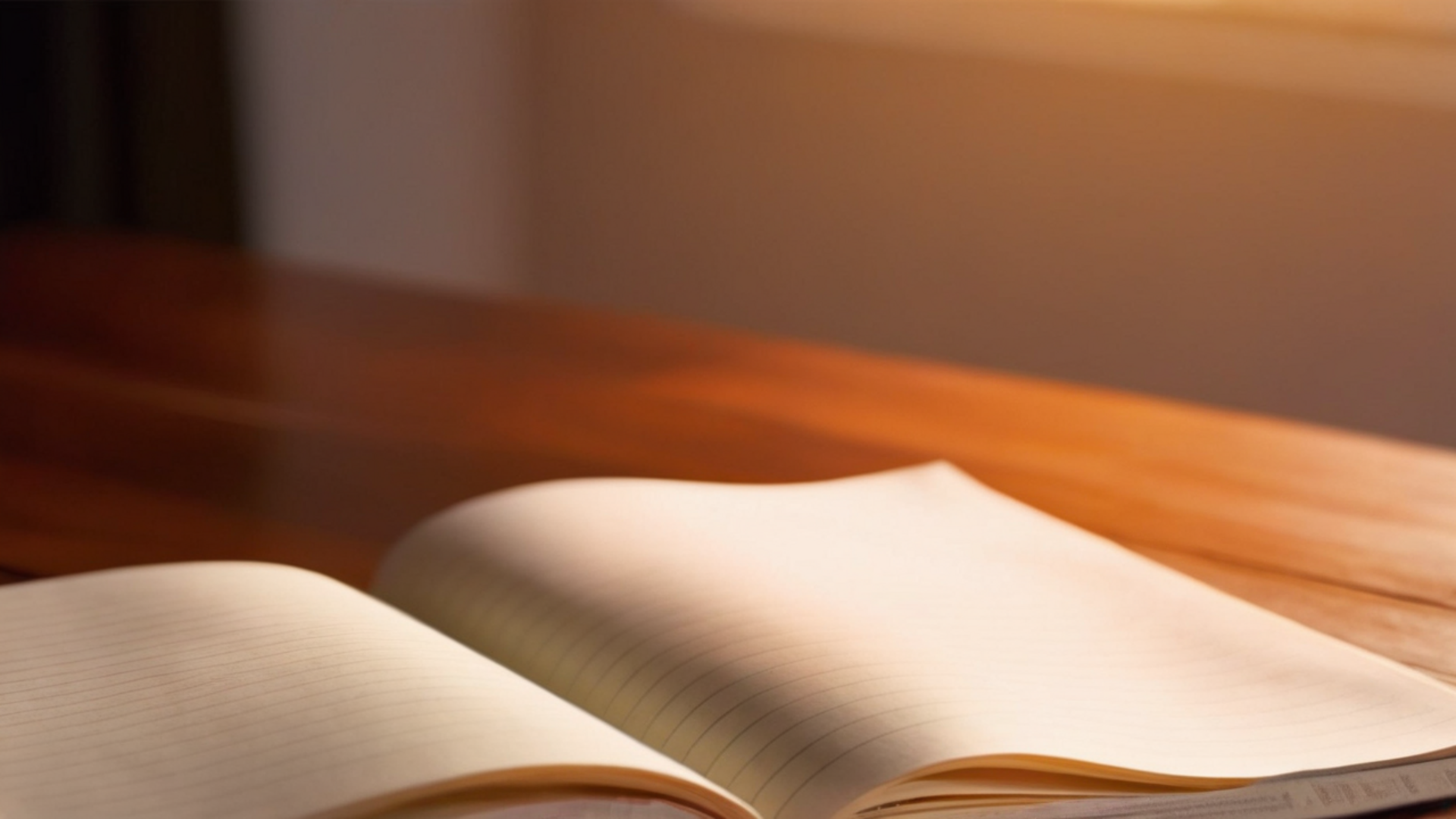Perex: Fear’s static can fade when met with curiosity—name it, break it into small steps, and breathe through the waves. Creativity and courage grow as you choose presence over perfection.

Here’s a friendly, flowing article on embracing courage and easing anxiety:
Fear often sneaks in like uninvited static, dimming our ability to fully experience life’s vibrant moments. Instead of wrestling with it head-on, imagine approaching fear as a curious companion rather than a foe. Start by simply noticing what scares you—whether it’s social interactions, uncertainty, or failure—and name it without judgment. As Psychology Today suggests, admitting fear is the first step to disarming its power. This honest acknowledgment creates space to reframe anxiety as a signal, not a sentence, inviting you to grow rather than retreat.
Tiny steps matter more than grand leaps. The NHS encourages breaking fears into manageable pieces by starting with the least intimidating scenario, like striking up a short conversation if social anxiety looms large. Each small victory teaches your brain that the anticipated catastrophe rarely unfolds, gradually rewiring your response. Picture fear as a wave: it swells, peaks, and eventually recedes if you stay present without fleeing or fighting. Techniques like timed exposure—repeating the challenging activity until your discomfort halves—build resilience like muscle memory.
Breath becomes an anchor when panic threatens to pull you under. MyWellbeing emphasizes deliberate breathing: a sharp inhale followed by a slow exhale activates the parasympathetic nervous system, signaling safety to your overwhelmed mind. Pair this with grounding practices—focusing on textures around you or humming a favorite tune—to tether yourself to the present. These tools don’t erase fear but help you ride its rhythm without drowning in what-ifs.
Creativity offers a surprising antidote. Programs like Create More, Fear Less harness art to transmute anxiety into expression, whether through painting, writing, or movement. The act of making something new shifts your focus from internal storms to external creation, reminding you that fear isn’t the entirety of your story. Playfulness becomes rebellion here—dancing badly, scribbling outside lines, or singing off-key loosens fear’s grip by prioritizing joy over perfection.
Ultimately, feeling more and fearing less isn’t about eradicating doubt but expanding your capacity to coexist with it. Courage grows when you stop demanding certainty and start embracing curiosity. Each time you choose to stay present—breathing through discomfort, creating amid chaos, or simply laughing at life’s absurdities—you reclaim a little more of the bold, alive self that fear tried to hide.
- Acknowledge and name your fears without judgment.
- Break fears into manageable pieces and practice tiny steps towards overcoming them.
- Use breath, grounding practices, and creativity to stay present and find joy amidst fear.
KEYWORDS
brain, breathMOST READ
MORE TO READ

Creating Effective Systems For Growth
Building effective systems is crucial for business growth, fostering efficiency, consistency, and adaptability. These systems ensure scalability, inform strategic decisions, and drive long-term success.

How to positive thinking
Discover how embracing positive thinking can transform your daily experiences by focusing on gratitude, reframing negative thoughts, and cultivating optimism through simple yet powerful practices.

Why Your Brain Loves Silence
Find peace and mental renewal in silence. Research shows that quiet moments nourish the mind, enhancing creativity, emotional balance, and mental clarity.

Fall in Love With Ordinary Moments
True romance isn’t about grand gestures—it’s the quiet magic of shared routines, comforting silences, and small acts of kindness that build enduring love. Find joy in life’s ordinary moments together.


